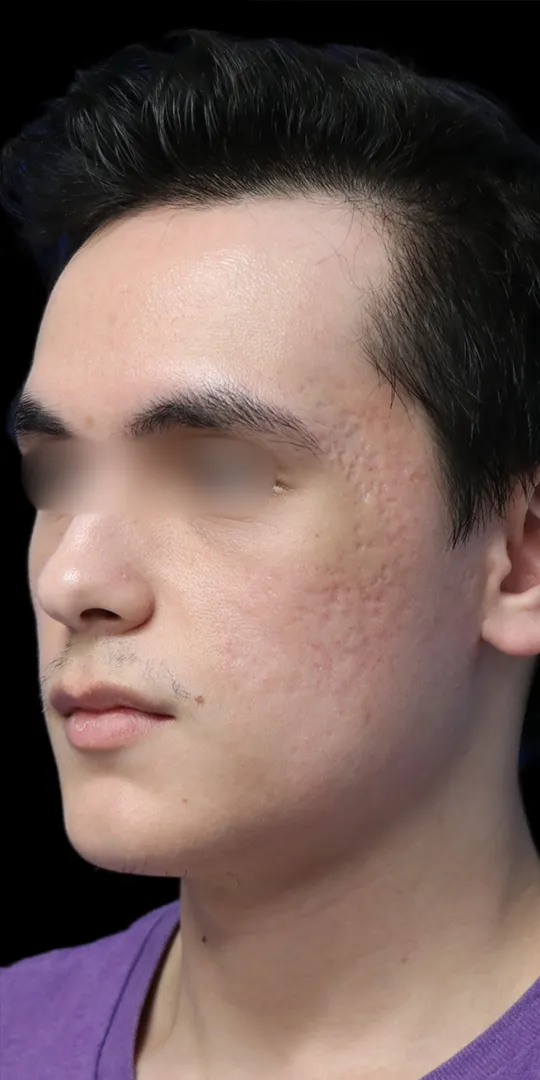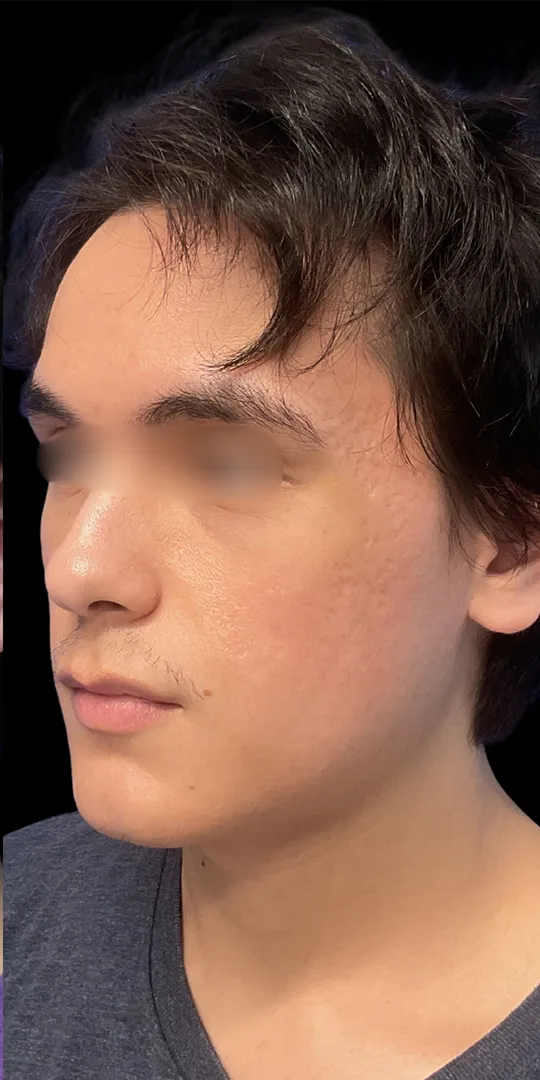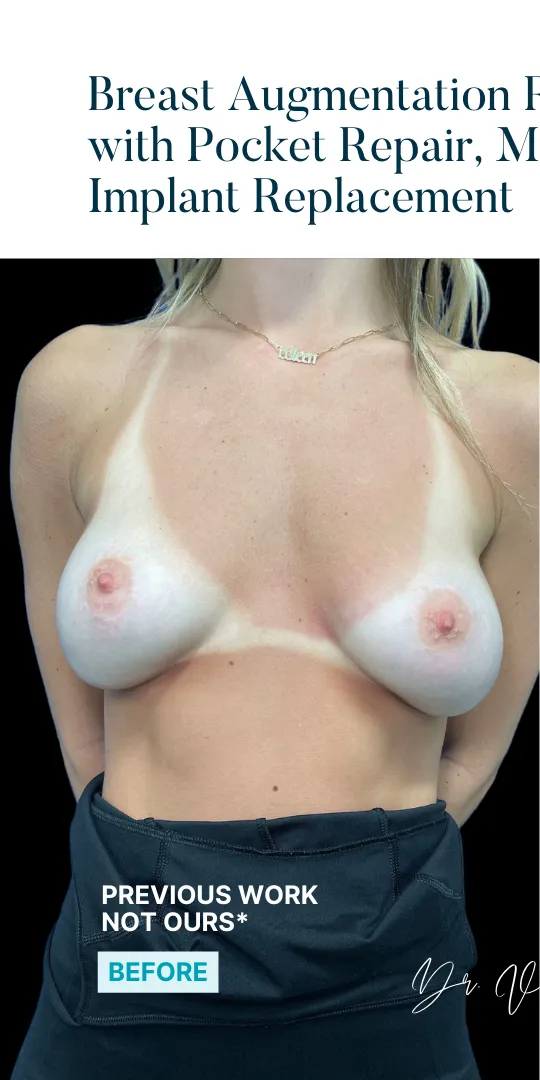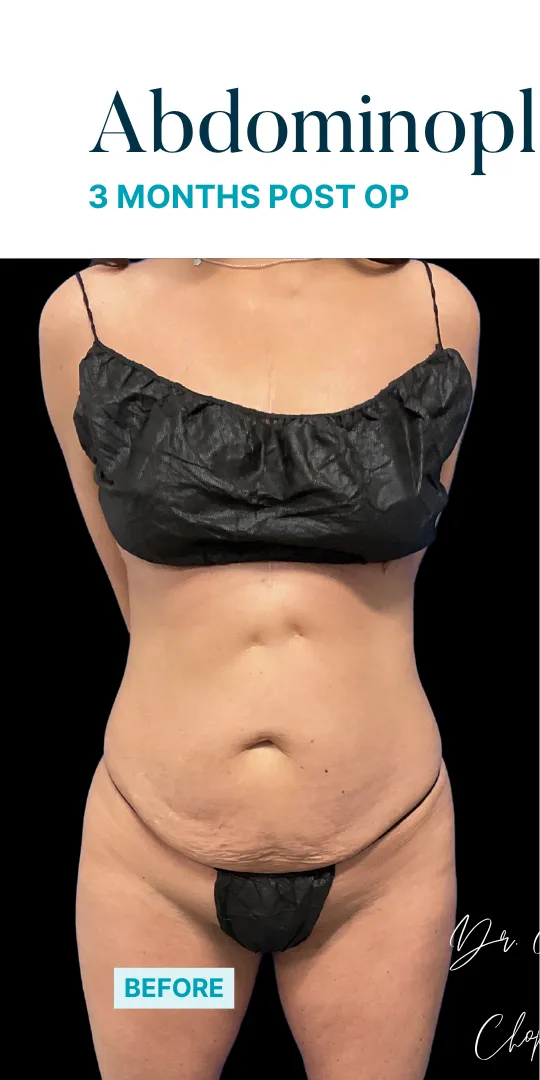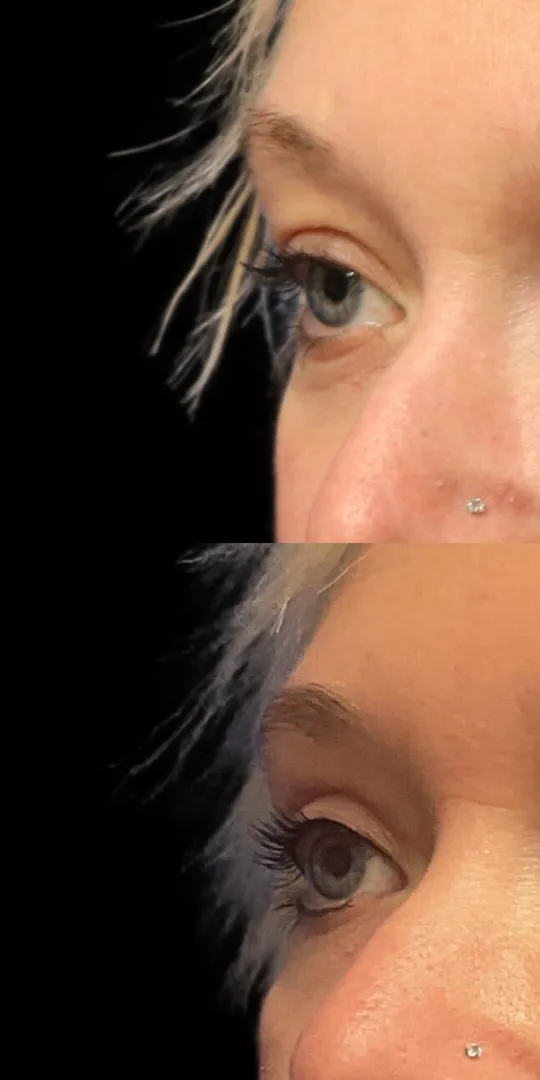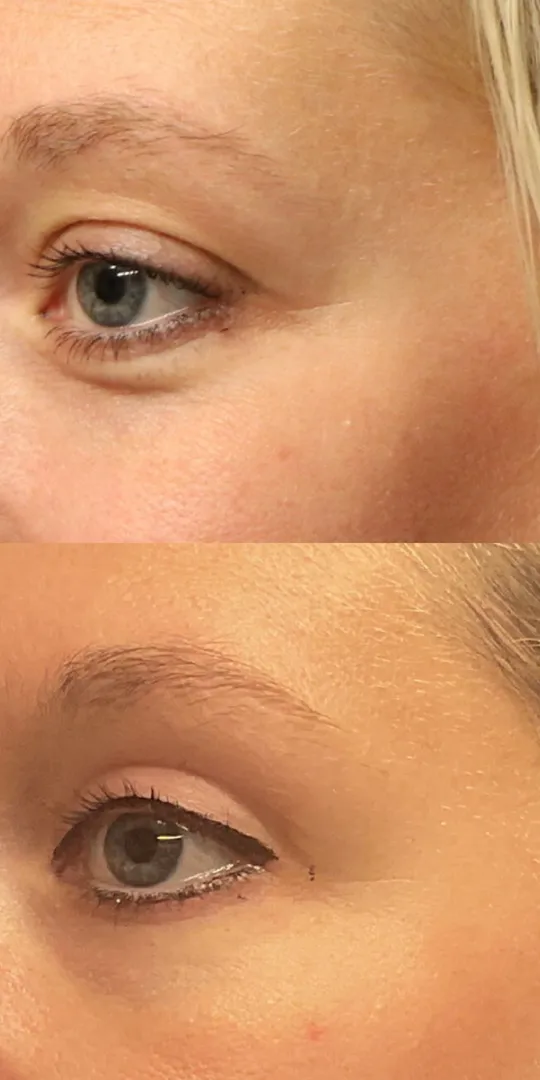By Dr. Vinod Chopra
A tummy tuck, or abdominoplasty, is a popular cosmetic procedure designed to remove excess skin and fat from the abdomen and tighten the muscles of the abdominal wall. For many, it’s a solution to regain a smoother, better contour and more toned midsection, especially after significant weight loss or pregnancy. However, the surgery doesn’t just involve removing fat or tightening muscles; it also has a profound impact on the skin itself. Understanding how your skin responds and what to expect post-surgery is crucial for anyone considering this procedure.
The Immediate Postoperative Period: What to Expect from Your Skin
Immediately after a tummy tuck, your abdomen will be swollen and bruised, and your skin will feel tight. This is completely normal and is a result of both the surgery itself and the body’s natural healing process. During the procedure, the plastic surgeon typically removes excess skin and fat, and then repositions the remaining skin to create a smoother appearance. Generally, muscle tightening is also performed as well. This tightening of the skin and muscles can lead to a feeling of restriction, which may last several weeks.
It’s important to note that every patient’s experience is unique, and the way your skin reacts will depend on factors like your age, skin elasticity, and the extent of the surgery. Some patients may experience minor redness or irritation around the incision site, but this usually subsides within a few days.
Healing and Scar Formation: The First Few Months
As your body begins to heal, the incision made during surgery will start to form scar tissue. The scarring process is a natural part of any surgery, but in the case of a tummy tuck, the scar typically extends from hip to hip, located just above the pubic area. While the idea of a long scar may sound daunting, plastic surgeons take great care to place it low enough that it can usually be concealed by underwear or bathing suits.
In the first few weeks, the scar will likely appear red and raised on darker skins will remain dark for a few weeks/months. Over time, as your body continues to heal, the scar will begin to fade, flatten, and blend more with your natural skin tone. Many patients notice significant scar fading within the first year. To support optimal healing, your surgeon may recommend silicone sheets or scar creams, both of which can help minimize the appearance of scars. It is important to follow up with your surgeon up to a year after your surgery to make sure your scars are healing properly.
Changes in Skin Sensation: Temporary and Permanent Effects
One common side effect of a tummy tuck is a temporary loss of sensation in the skin around the abdominal area. This occurs because the nerves are disrupted during surgery, and it may take some time for sensation to fully return. In most cases, the feeling will gradually come back as the nerves regenerate. However, it’s not uncommon for some patients to experience permanent areas of numbness, particularly near the incision line.
This change in sensation typically isn’t bothersome for most patients, and it usually doesn’t interfere with daily activities. Nonetheless, it’s something to be aware of when considering the procedure.
Skin Elasticity and How It Affects Results
Skin elasticity plays a significant role in how well your body responds to a tummy tuck. Those with good skin elasticity tend to have better, longer-lasting results because their skin is better able to conform to the new contours of their abdomen. On the other hand, patients with poor skin elasticity may notice some residual looseness, especially if they’ve undergone significant weight loss or have aged skin.
For individuals with less elastic skin, it’s important to maintain realistic expectations. While a tummy tuck can significantly improve the appearance of the abdomen, it may not completely restore the skin to its youthful tightness. Your plastic surgeon can provide a more detailed outlook based on your skin’s characteristics during your consultation.
Long-Term Skin Care After a Tummy Tuck
After the initial healing process, your skin will continue to settle over the months that follow. While the surgery itself can yield impressive results, maintaining the outcome requires ongoing skin care. Proper hydration is key, as moisturized skin is more pliable and less prone to dryness or irritation. You should also protect the scar from the sun by applying sunscreen whenever the area is exposed, as UV rays can darken the scar, making it more noticeable.
In some cases, your surgeon may suggest post-operative treatments such as laser therapy or microneedling to improve the texture of your skin and further reduce the appearance of scars. These treatments can help accelerate healing and promote smoother skin in the long term.
The Emotional Impact of Tummy Tuck Results
The physical changes after a tummy tuck can lead to a significant emotional shift as well. Many patients report feeling more confident and comfortable in their skin after the procedure, especially when wearing form-fitting clothing or swimsuits. However, it’s important to be prepared for the emotional adjustment that may come with the healing process. The immediate post-surgery swelling and scarring can be discouraging, but patience is key, as your final results won’t be fully visible until months after the procedure.
A tummy tuck can bring about remarkable changes to both your body and your skin, helping to eliminate excess skin and fat while enhancing the overall appearance of your midsection. Understanding what happens to your skin before, during, and after the procedure is essential for managing expectations and achieving the best possible outcome.
If you’re considering a tummy tuck and want to learn more about how the procedure will impact your skin, schedule a consultation with the experts at Chopra Cosmetic Surgery. Our team can guide you through the process, ensuring a personalized plan that suits your unique needs.
